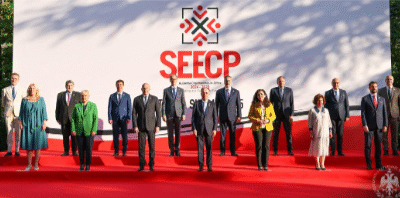Once intended as temporary shelters for asylum seekers and irregular migrants, Albania`s migration centres now stand largely abandoned, caught in a legal limbo and a growing political debate over their future use. Despite international agreements and government commitments, these facilities remain underutilized, raising concerns about financial inefficiencies, human rights obligations, and broader migration policies.
A system That`s Lost Its Way
Albania has always been a pit stop for migrants heading to Western Europe. To manage this flow, the government set up several migration centres, often funded by the European Union and other international bodies. But with changing migration patterns and shifting government policies, many of these centres are now sitting empty or barely used. This leaves their purpose unclear and up in the air.
Legal experts argue that these centres unclear legal status only adds to the problem. According to Albanian law, migration centres are meant to house people temporarily, but without a clear strategy from the government, they remain stuck in bureaucratic red tape. Human rights groups warn that leaving these centres closed or underused could violate international agreements Albania has signed to protect asylum seekers and refugees.
Politics and Money: The Elephant in the Room
The future of these abandoned centres has become a political hot potato. Some government officials are calling for repurposing the buildings to serve other needs, like housing vulnerable groups or setting up vocational training centres. Others want to keep them as emergency shelters in case another wave of migration hits.
But not everyone is on board. Critics point to the millions of euros spent on building and maintaining these centres, with very little return on investment. The opposition accuses the government of fumbling the ball on migration policy, while international organizations are urging Albania to follow European standards in dealing with migration.
EU Pressure and International Scrutiny
Albania’s migration policies are closely tied to its push to join the European Union. Brussels has consistently reminded the country that effective border management, combined with respect for human rights, is a key part of the EU integration process. The fate of these migration centres could play a role in how Albania is perceived by the EU, affecting broader discussions about migration cooperation and funding.
As the conversation continues, these abandoned centres are becoming a symbol of Albania’s struggle to balance controlling migration, upholding human rights, and being financially responsible. Whether they will be put to use or left to collect dust depends on the political decisions made in the coming months.
What’s Next?
For now, the future of Albania’s migration centres is uncertain. Will they become a vital part of the country’s migration strategy, or will they fade into the background? As the government and international stakeholders continue to debate, these centres remain in limbo, a reminder that Albania’s migration policy is still searching for its footing.
Written by our correspondent A.T.



